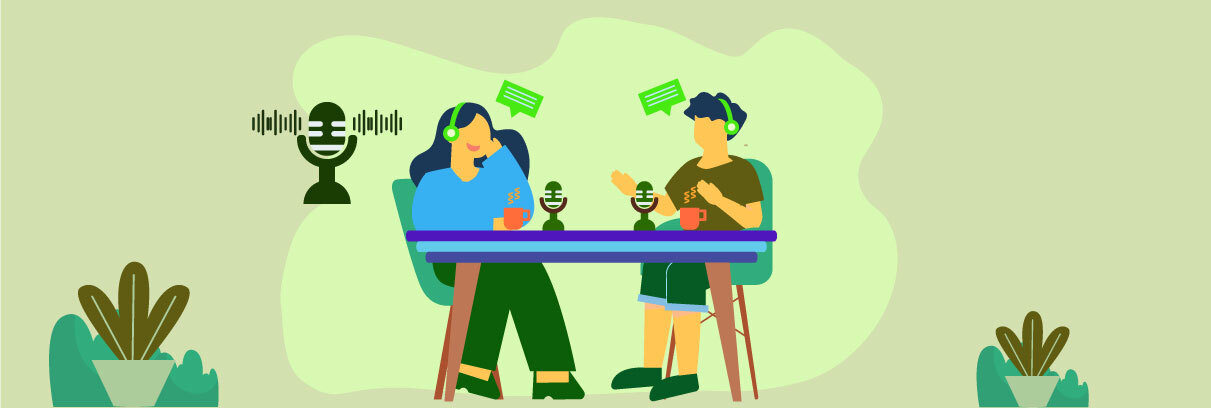The Internet has fundamentally changed the way people find, discover, share, buy, and connect. Most buyers search for products and services or find websites via the major search engines – especially Google.
Think of Google as the new Yellow Pages on steroids.
It is vital to ensure that your business can be found on the Internet and found specifically for the keywords that your targeted prospects will use to search for your services or products.
Local Internet marketing not only gets you listed where potential clients for your firm are looking but is also designed to help position your business above your competitors.
More and more of pre-buying research starts on the search engines.
A Great Website is the Foundation of Your Internet Marketing
In today’s competitive online market, your website is a valuable piece of real estate. It’s no longer enough to have a static online ‘brochure’ website.
Your website is the hub of your Internet marketing – key factors to ensure you have in place:
-
- A web design that is modern and attractive – the 90s were great but not for website design.
- High-quality images and charts to get attention – visitors are drawn to them.
- New content on a regular basis e.g. a tips blog for small businesses.
- Web pages that are current – the key is that your content is not stale. E.g. having a web services page about investment planning that is inconsistent with current tax codes.
Search Engine Marketing Gets Fast Results
Search Engine Marketing (SEM) is the use of paid ads on the search engines and/or social media networks to drive visitors to your website or take other action that you direct – such as enrolling in your newsletter.
Paid search is used to get listings on a search engine. These normally appear at the top of a SERP (search engine results page) or to the side, and increasingly look more and more like organic results. At the moment Google places a small yellow ‘Ad’ label on them.
SEM connects potential clients directly with your business thus making it an effective form of online marketing especially for a startup that has no organic results.
Although not as believable as SEO, it can get immediate results while mid to long-term SEO and content marketing programs are implemented.
Search Engine Optimization Gets Long-Term Results
Ongoing search engine optimization (SEO) is a vital part of your overall Internet marketing.
If your website doesn’t come up on page one of Google for the keywords your prospects are searching for, you are losing sales to your competitors.
Internet users are influenced by where you come up in a search engine results page.
SEO is not a short-term strategy and needs to be implemented over an extended period of time. Stable page one results for all your keywords requires an investment over an extended period.
Being ranked on the first half of a search results page in the natural or organics results increases your brand value and your sales.
Steps to SEO success:
- Current website review, keyword research, and content strategy development.
- Upgrade the website design and optimize it with keywords according to the content strategy.
- Ongoing optimization, content creation, and link building. This is a mid to long-term strategy.
Social Media Marketing Has Real Business Value
It takes time and persistence to build a presence on social media sites like LinkedIn, Google+, Twitter, Facebook, and YouTube. The objective is to build a following on the social media sites, engage with them – all leading to interest in your business.
On an ongoing basis create quality content that will be of interest to your target audiences. Engage with your audiences on a regular basis.
Cross promote the blog using the social media sites. Use Social Sites to promote each new blog post. You can use tools like Hootsuite to manage your content.
Content Marketing Gets Results
Inbound marketing is a lot more cost-effective than traditional, outbound marketing. Instead of the “old” outbound marketing methods of buying print ads, buying e-mail lists, and praying for leads, inbound marketing focuses on creating quality content that pulls people into your company like a magnet.
Your blog is the cornerstone of the inbound marketing program. It provides the basis of the content that can be used on social sites like, LinkedIn, Facebook, Twitter, and articles for the e-mailed newsletter.
Consumers want content that’s engaging — they want quick reads, fun pictures, and inspirational images. As a brand, it’s important to create content that’s unique and interesting.
Consumers typically don’t buy something the first time they see it — they need to see it multiple times in order to convert.
By providing unique content in each channel, tied to a single content strategy, you provide a better user experience.
Content marketing should help shape everything you do and help you tell the cohesive story. Keep things unified, and let content marketing strategies shape your overall marketing approach.
Blogging and Social Media Go Hand in Hand
A blog can become one of your most important marketing tools. It can quickly become the “gateway” to your website. Blogs, as compared to your website, are much easier to keep updated with fresh and interesting content, highlighting results, and are designed for repeat traffic. Without fresh content, there is no reason for your potential clients to come back to your site.
Also search engines love new content and will index your site more frequently.
Generate more traffic. Your blog has the potential to create more web traffic than a regular website ever could. A blog can attract a high volume of quality traffic from the pool of prospective customers that you are trying to reach. Blogs develop more visitors through:
- Search visibility – blogs are organized to be search engine-friendly. Plus, the more content you have (well-linked) the more chances there are of attracting search traffic.
- Click-through traffic – through posting interesting articles a blog gives a reason for other people to link to you.
- Repeat traffic – regularly updated content and comments bring visitors back. Most websites are not conducive to repeat traffic.
- Personality – create a blog around your business culture and let that shine through.
- Viral effects – you create something interesting and visitors tell their friends, who tell their friends, they post it on social media…and so on.
- Authority/credibility – blogging allows you to become an “expert” in the minds of your prospective buyers.
People trust their peers – thus the marketing must take advantage of this research.
E-mail is Still a Top Performing Tool
E-mail, while considered “old”, is still a highly effective tool. E-mail is still a preferred communication tool and is a proven way to stay in touch with prospects and clients.
It is low cost but high engagement and provides a personal way of marketing to them.
It is important to capture emails so that they can be marketed to on an ongoing basis with a regular newsletter and offers.
E-mail marketing is often discussed as an alternative to social media marketing – not true. Especially for a small business (under 500 employees) it has been known to outperform social when it comes to overall conversions.
Video is a Great Online Marketing Tool
Online video marketing is now inexpensive to produce and easy to distribute thanks to YouTube.
Despite the fact that video marketing is more affordable and easier to create than ever, most small businesses still aren’t taking advantage of it. Incorporating video into your marketing strategy can help you stand out from the crowd and enable you to gain the edge over your competitors.
Video adds a “wow” factor to your online marketing. Not to belittle the written word, but videos add a punch to your marketing efforts that text just can’t. They’re eye-catching, they’re effective, and they stimulate viewers in ways that are impossible to do with text.
Videos are an easy way to convey your marketing message in a memorable fashion.
People prefer to do business with those they like and trust. Video helps prospects get to know you much more easily than ordinary words can, and once they get to know you, they’ll hopefully learn to like and trust you – all leading to more leads and sales.
If you make an awesome, buzzworthy video, people are going to share it. Video is the best way to reach volumes of prospects and get your marketing message heard and seen.
Directory Listings Anchor your Firm on the Internet
Citations are “mentions” of your organization name and address on other websites, even if there is no link to your website. They are important to get good local search results and inquiries. Examples of a citation could include listings on:
- Yelp, Facebook, Bing Places
- Commercial directories
- Yellow Pages directory
- Local business associations
How to Keep Track of Prospects
By implementing these marketing actions, you are going to generate leads and prospects. You need to keep track of them – a stack of business cards on your desk collecting dust won’t cut it.
CRM (Customer Relationship Management) is software that makes this work but like any software, it only works if you use it and get buy-in with everyone involved is business development.
It’s vital to implement a customer relationship management (CRM) system into your business to support your business development actions.
This can be as simple as an excel spreadsheet or CRM software.
The forming and maintaining relationships with prospects and existing clients is one of the most important aspects of growing your business.
A complete overview on Internet Marketing
What is effective internet marketing and its importance for a small business or professional practice.



